Smartphones have become an integral part of our daily lives. We use them to communicate with others, not only by sending text messages but also by sharing images and videos. We also rely on them to browse various kinds of information online, shop on the internet, handle daily work tasks, record videos, and much more. The key to enabling such prolonged usage of smartphones lies in their batteries. Historically, four main types of phone batteries have been widely used: nickel-cadmium batteries, nickel-metal hydride batteries, lithium-ion batteries, and lithium polymer batteries.
The first mobile phone was invented in 1973 by a Motorola research team. Later, in 1983, Motorola introduced the world's first commercial portable mobile phone, the DynaTAC 8000X (Figure 1). This marked the beginning of the mobile communication era and the development of 1G technology.
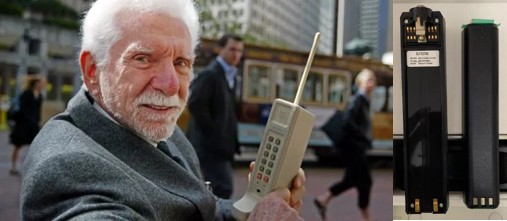
Figure 1 left - people using early portable mobile phones; right - DynaTAC 8000X battery pack
The DynaTAC 8000X stood 23 cm tall and weighed 907 grams. Its battery compartment could hold six cylindrical batteries, and the pack composed of six nickel-cadmium batteries could output a voltage as high as 7.5V.
As a side note, mobile phone batteries are strictly matched to their devices—the battery pack must be designed to provide the exact voltage required by the phone. For example, modern phone batteries typically have a nominal voltage of around 3.77V, with mid-load power consumption generally between 3W and 4W during daily use. In contrast, the DynaTAC 8000X's battery pack output 7.5V, indicating significantly higher power consumption.
The nickel-cadmium battery pack had a total capacity of only about 600mAh. It required ten hours of charging for just 30 minutes of talk time. Moreover, due to the drawbacks of nickel-cadmium batteries—if charging and discharging were not handled properly, a severe "memory effect" would occur, reducing the battery's capacity. This meant that if an emergency required prolonged calling, users couldn't simply recharge as needed. The battery couldn't provide continuous stable current, forcing users to replace it, which greatly compromised the phone's portability.
In the 1990s, the emergence of nickel-metal hydride (Ni-MH) batteries provided portable mobile phones (such as the Motorola StarTAC) with a better power source compared to nickel-cadmium (Ni-Cd) batteries. Unlike nickel-cadmium batteries, Ni-MH batteries exhibited a weaker memory effect, which could even be eliminated through several complete charge-discharge cycles. They were also more environmentally friendly as they contained no cadmium. Additionally, Ni-MH batteries offered higher energy density per unit volume, allowing for more stored power, and had a longer cycle life. Although Ni-MH batteries at the time suffered from a higher self-discharge rate (30% per month, compared to 10-20% per month for Ni-Cd batteries), this drawback was largely negligible for everyday use. As a result, the characteristics of Ni-MH batteries made them more suitable for portable mobile phones, and they quickly captured the market share of Ni-Cd batteries in the mobile phone industry.
However, Ni-MH batteries were not the optimal choice at the time. Motorola also introduced an optional lithium-ion battery accessory for the StarTAC. Despite being an optional add-on with a relatively high price, the lithium-ion battery was highly popular among consumers due to its significantly higher capacity compared to Ni-MH batteries (Figure 2).
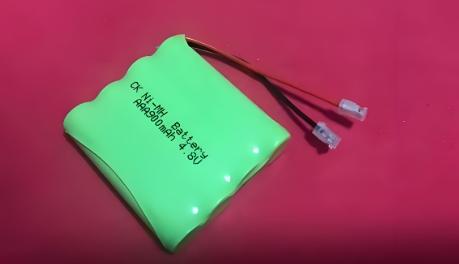
Figure 2 photo of nickel-metal hydride (Ni-MH) battery
Following positive market feedback, the research and development of lithium-ion batteries accelerated rapidly, accompanied by significant advancements in manufacturing technology. Driven by both increased capacity and reduced costs, lithium-ion batteries gained favor among more mobile phone manufacturers, officially heralding the era of lithium batteries in mobile phone power.
Today, the batteries in our phones are improved versions of lithium batteries, technically known as lithium polymer batteries. Unlike the liquid electrolyte used in lithium-ion batteries, lithium polymer batteries employ a more stable polymer electrolyte in a gel state. They are also encased in lightweight, flexible aluminum-plastic film packaging. Additionally, lithium polymer batteries can be designed in non-standard shapes, such as L-shaped batteries (Figure 3), allowing for more efficient utilization of internal space in mobile phones.
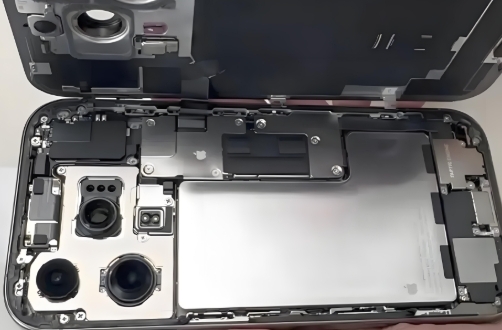
Figure 3 iPhone 16 Pro battery
Although lithium polymer batteries are slightly more expensive, they offer significant advantages in safety—a key concern for users. The polymer electrolyte is less prone to leakage, and in case of malfunction, the battery typically only swells, heats up, or burns. In contrast, the Samsung Galaxy Note 7 (excluding versions sold in China) used lithium-ion batteries. Combined with design flaws, this led to widespread incidents of battery explosions worldwide. Although Samsung and the battery manufacturers did not reach a consensus on the exact cause of the failure, the accident raised public awareness of the potential dangers of lithium-ion batteries. As a result, Samsung switched to exclusively using safer lithium polymer batteries in the subsequent Note 8 model (Figure 4).
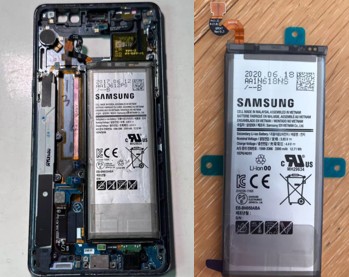
Figure 4 left - Samsung Galaxy Note 7 battery, right - Samsung Galaxy Note 8 battery
Reviewing the history of mobile phone batteries reveals a dramatic shift: the battery pack has evolved from being composed of six nickel-cadmium cells to now requiring only a single, thin layer of lithium polymer (Figure 5). The reduction in physical size is extremely significant. Furthermore, the voltage has decreased from the original 7.5V high voltage to today's approximately 3.77V. Lithium polymer batteries also offer a longer usable life cycle, meaning lower long-term costs. Considering these characteristics collectively, it is clear that mobile phone batteries have seen remarkable reductions in size, power consumption, and cost.
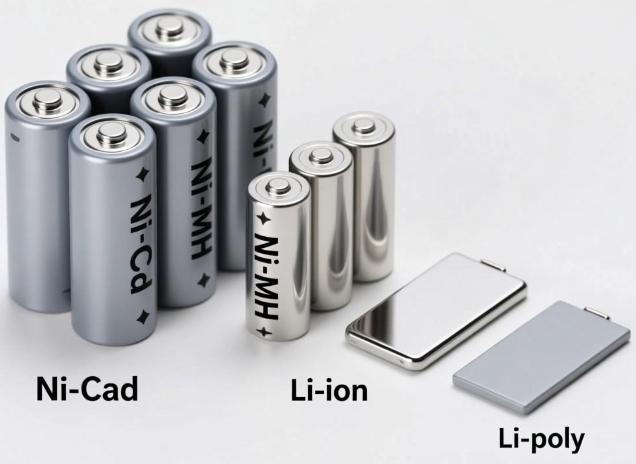
Figure 5 mobile phone batteries (nickel-cadmium battery, nickel-metal hydride battery, lithium-ion battery, lithium polymer battery)
Not only has the size been reduced, but modern batteries also cause less environmental pollution. Nickel-cadmium batteries contain the heavy metal cadmium, which poses significant environmental hazards and is more difficult to recycle compared to lithium polymer batteries. The recycling process also carries considerable risks of heavy metal contamination. In contrast, lithium-ion battery recycling is currently developing positively. Thanks to technological breakthroughs, over 92% of metals such as nickel, cobalt, and manganese can now be recovered. Batteries produced from recycled materials can still retain 88% of their capacity after 500 charge-discharge cycles, and maintain a capacity retention rate as high as 85% even after 900 cycles.
Similarly, compared to batteries of the past, modern lithium polymer batteries have seen significant improvements in terms of performance, economic efficiency, and portability.
Battery Performance: Capacity has increased from a mere 600mAh to over 6000mAh, and even exceeding 8000mAh today. This represents a more than tenfold increase over 40 years. When factoring in the reduced physical size, the improvement in energy density becomes dozens of times higher—a truly remarkable figure. While this numerical growth might seem modest compared to some other industries, for the foundational field of battery materials, such progress is astounding. Furthermore, cycle life has also seen tremendous improvement. Original nickel-cadmium batteries often became unusable after just a few months, whereas modern lithium-ion batteries used in phones today can still retain over 80% of their usable capacity even after three years of use. This is particularly impressive considering the widespread use of fast charging, which is known to stress batteries. If a lower-power charger than the one provided by the manufacturer is used, the capacity retention rate after three years could even exceed 90%.
The latest Apple iPhone 17 Pro Max (eSIM version) is equipped with a 5088mAh lithium-ion battery (4832mAh in China), making it Apple's first smartphone to exceed the 5000mAh battery capacity milestone. Since the iPhone X generation, Apple has implemented an innovative battery layout by utilizing two separate lithium-ion battery cells (Figure 6), strategically maximizing the use of available internal space within the phone's compact design. This L-shaped dual-battery configuration, combined with ongoing improvements in energy density, has enabled Apple to steadily increase battery capacity while maintaining the device's sleek form factor. The company's focus on power efficiency extends beyond hardware, with iOS optimization playing a crucial role in delivering all-day battery life even with increasingly power-hungry features and higher refresh rate displays.
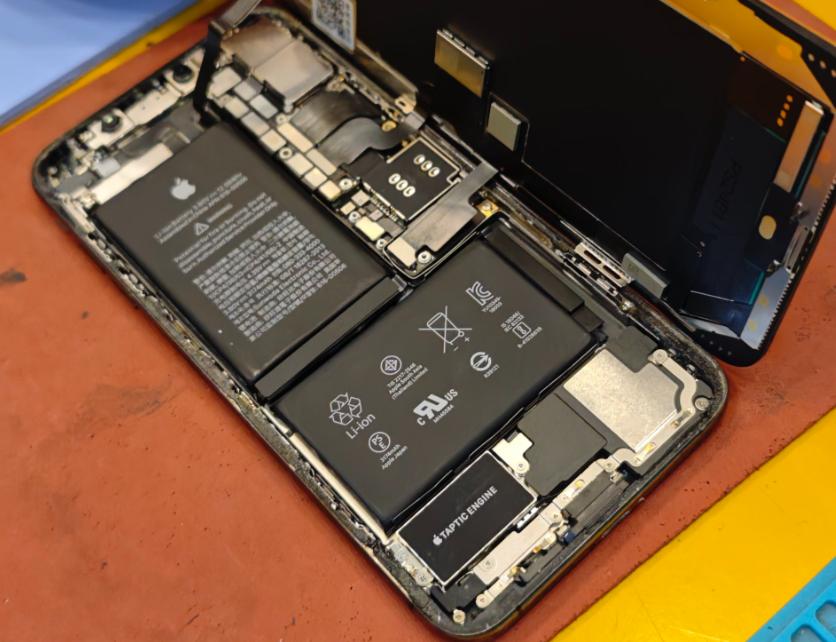
Figure 6 iPhone X internal diagram
However, its battery capacity was only 2716mAh, representing just a minor increase compared to the 2675mAh battery in the iPhone 8 Plus. Although this design utilized previously wasted internal space, using two batteries meant requiring two battery modules, and these additional modules themselves occupied extra space.
As mentioned earlier, one advantage of lithium polymer batteries is their ability to be designed in custom shapes. Consequently, starting with the iPhone 11 Pro series, Apple adopted L-shaped custom battery cells. The iPhone 11 Pro Max achieved a remarkable battery capacity of 3969mAh—over 800mAh higher than the 3174mAh capacity of the iPhone XS Max. This generation saw the largest battery capacity increase in Apple's history.
In fact, the subsequent iPhone 12 Pro Max even featured a slightly reduced battery capacity of 3687mAh, demonstrating Apple's compromise on battery size to achieve a thinner and lighter phone design. Six years after the iPhone 11 Pro Max's introduction, Apple finally broke the 5000mAh barrier, a milestone closely tied to advancements in battery materials.
The Secret Behind Increasing Mobile Phone Battery Capacity: Silicon-Carbon Anodes



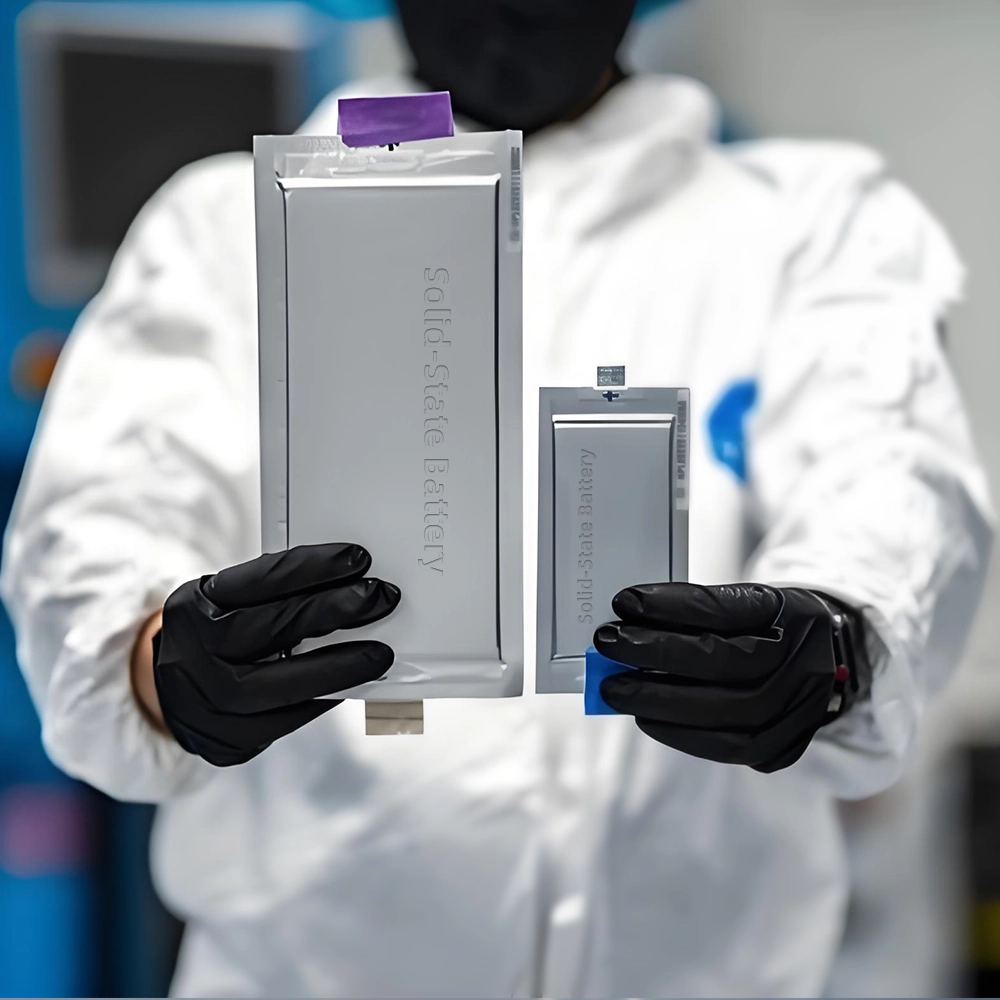
The lab focuses on solid-state battery research to overcome traditional lithium batteries' safety and energy density issues, supporting environmental sustainability. It develops innovative solid-state electrolytes, refines electrode materials, and investigates ion transfer and interface stability to revolutionize battery technology.
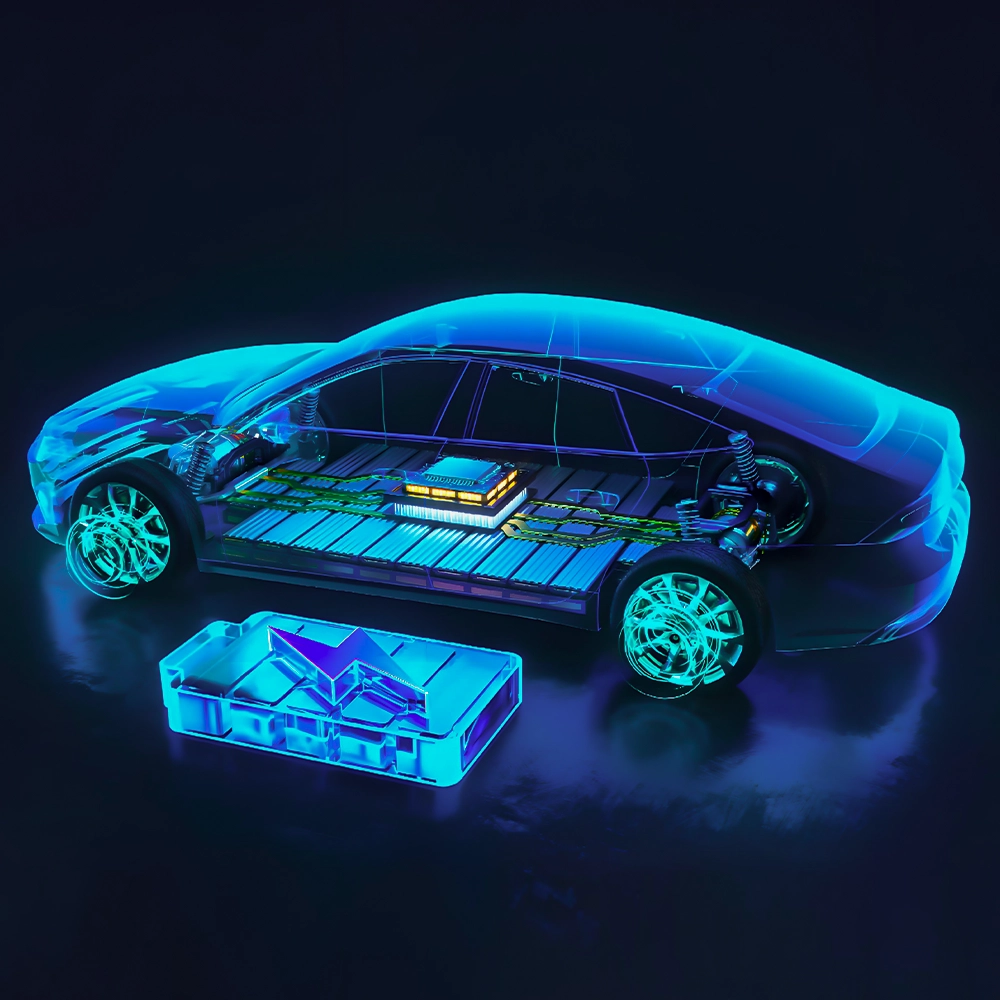
The electric vehicle battery industry is rapidly developing, focusing on technological innovation, market competition, and sustainability. Research hotspots include solid-state batteries, new types of electrolytes, BMS optimization, and recycling technologies. The environmental adaptability, safety, and economic viability of batteries are key research areas, and the industry is expected to undergo more innovation and transformation.
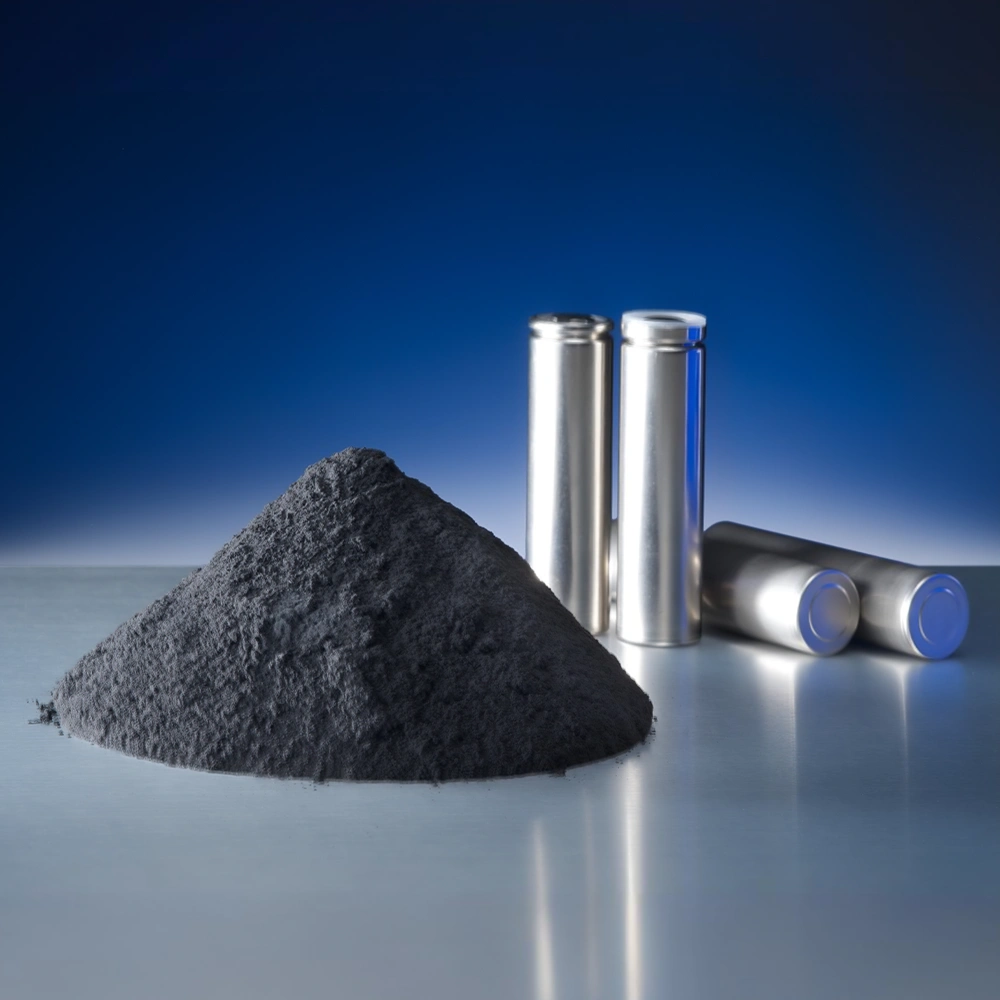
We specialize in battery preparation technology research, focusing on overcoming existing energy storage challenges by innovating in electrode materials, battery chemistry, and manufacturing processes to improve performance, enhance safety, and reduce costs. Sustainability and recycling technologies for batteries are also emphasized to mitigate environmental impacts and foster the growth of green energy.